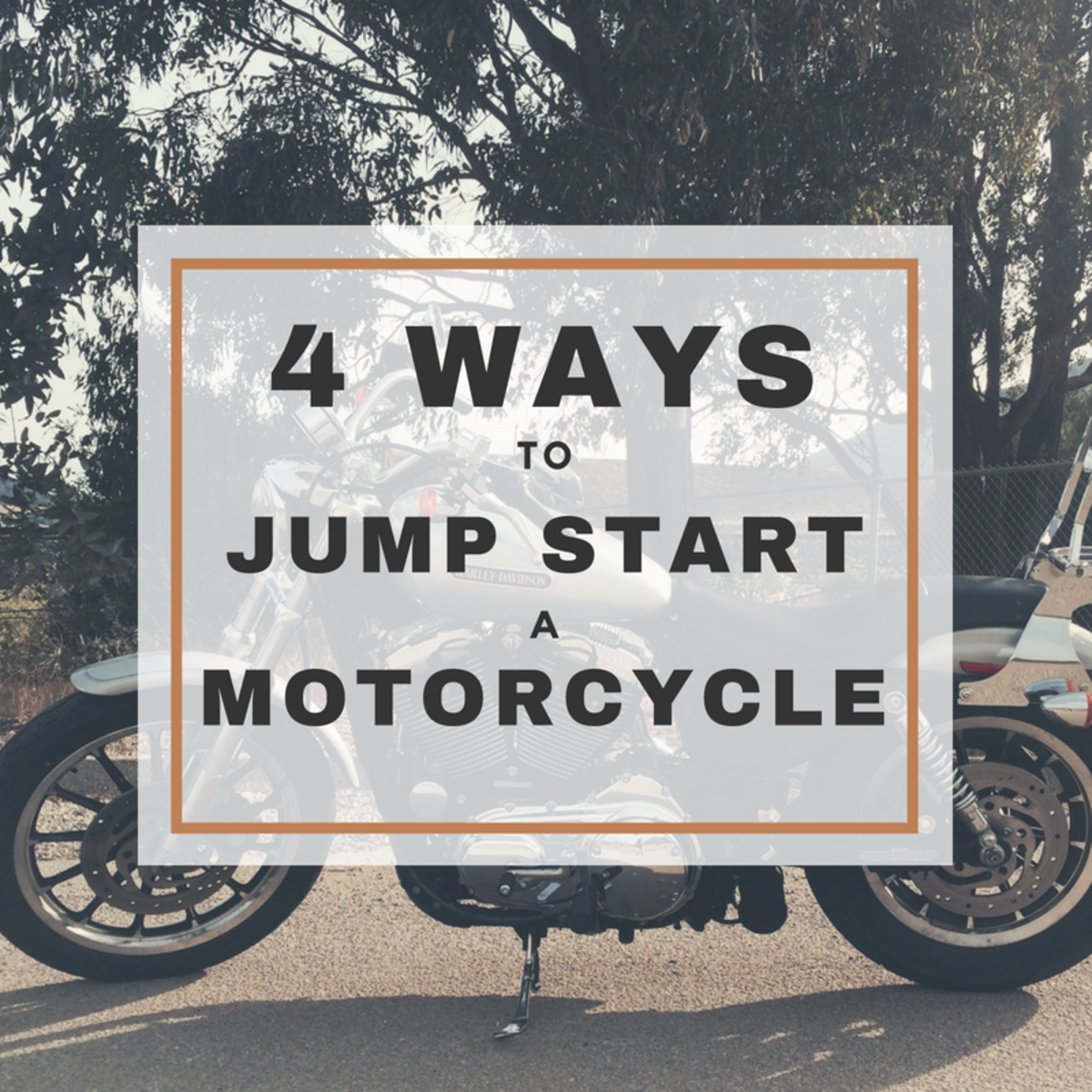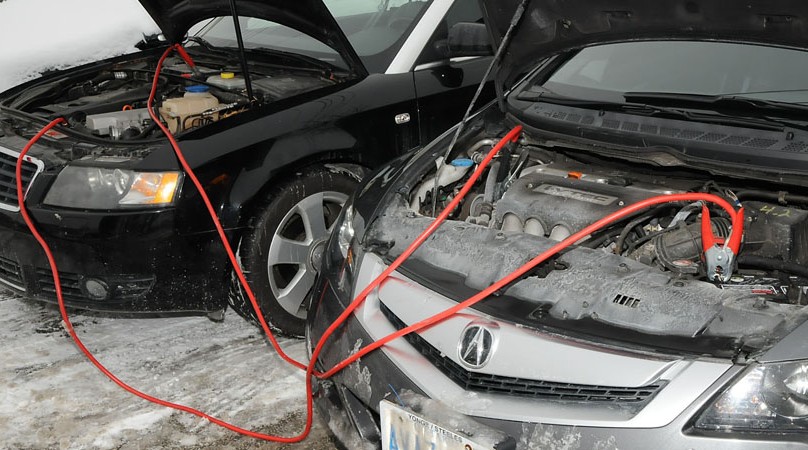
Regardless of what type of car you have, eventually you may need to jumpstart it. While jumping a car is fairly easy, it can be a bit dangerous if basic precautions are not taken.If certain battery problems are causing your car to (a leaking battery for example), you should have it. The best advice is: if you are unsure in any way about what you are doing, as you can seriously damage your car as well as the other vehicle you're using for the jumpstart. Everything you need to know about jumpstarting a carTools You Will Need.A pair of high quality clean. The clamps should be rust free.A pair of splash-proof polycarbonate rated for auto repair.A.Another vehicle that has a fully charged battery that is the same voltage as the car being jumped.The “Do’s” when jumpstarting a car.Read your owner's manual before attempting a jumpstart.
Newer cars often have jumpstart lugs where the cables need to be attached, instead of directly to the. In addition, some manufacturers do not allow jumpstarting the vehicle at all, and doing so may void the warranty. In some vehicles, certain precautions must be taken such as removing a fuse, or turning on the. The owner’s manual should spell out any precautions that must be taken.Verify the voltage of the battery in the vehicle doing the jumping.
Car Won't Take A Jump
Won’t-start symptomsYour car may not start for a number of reasons. The following list outlines the most common circumstances and tells you what action you can take to try to remedy each situation:. The car is silent when you turn the key in the ignition. Check the battery terminal cable connections. (See.) If they look very corroded, force the point of a screwdriver (with an insulated or wooden handle) between the connector and the terminal post and twist it to lodge it firmly.
Then try to start the engine. If it starts, you need to clean or replace your cables. The car makes a clicking noise but won’t start.
This sound usually means a dead battery. If not, check the wiring to and from the starter for a loose connection. The car cranks over but won’t start. Check the fuel supply to your engine. If that’s okay, check whether the electrical spark is getting to your spark plugs.
The engine starts but dies. If your car has a carburetor, check your carburetor adjustment and your choke to see whether the choke is first closing and then opening. If you have fuel injection, you’ll need professional help. The car won’t start on rainy days. Check inside the distributor cap for dampness. If you find moisture, get some mechanic’s solvent from your friendly service station — they use it to clean car parts — or buy an aerosol can of it at an auto supply store.
Then you pack this data folder into a zip file and voila you have a mod that can be installed with NMM. When someone installs your mod with NMM, NMM will unpack your zip folder into their data folder so they have the textures and meshes in the same location you do and have a.esp file that references these file locations with the new eyebrow instances you created in the creationkit to add new eyebrows.Edited by Valkasha, 28 September 2014 - 03:28 PM. How to create skyrim mods for pc. You keep adding these folders till you have a folder called data that resembles the way your mods files are setup in your own skyrim folder.
To evaporate any dampness inside the distributor cap, turn the cap upside down and pour or spray some solvent into it. Swish it around and pour it out. Then dry the cap as best you can with a clean, lint-free rag and replace the cap.Use only clean solvent; even a tiny speck of dirt can foul the points. Gasoline won’t do because a spark can ignite gasoline fumes and cause an explosion or a fire.
Battery Won't Take A Jump


The car won’t start on cold mornings. For vehicles with carburetors,check the choke. Is it closed? Does it open? If you have fuel injection, you’ll need to have a professional diagnose the cold-start problems.
The engine misses while idling. Check the points (if your car has a non-electronic distributor) and the spark plugs. ( explains getting bad spark plugs gone.) Also check the fuel pump, fuel filter, and carburetor, if you have one. (If your fuel filter’s the problem, check out.). The engine misses or hesitates during acceleration.
Check the accelerator pump in the carburetor (if equipped), the spark plugs, the distributor, and the timing. The engine knocks or pings. Check your timing; also check the octane rating of the fuel you’re using. The owner’s manual can tell you whether your vehicle needs regular unleaded or premium gasoline. Check the cooling system.
(which explains) Do a compression check on the engine cylinders. (Check out.)Jumping a startTo safely, follow these steps:1. Take out your jumper cables.It’s a good idea to buy a set of jumper cables and keep them in the trunk compartment. If you don’t have jumper cables, you’ll have to find a Good Samaritan who not only is willing to assist you but has jumper cables as well. First, attach one of the red clips to the positive terminal of your battery (it has “POS” or “+” on it, or it’s bigger than the negative terminal).2. Attach the other red clip to the positive terminal of the GS’s car.3.
Attach one of the black clips to the negative terminal on the GS’s battery.4. Attach the last black clip to an unpainted metal surface on your car that isn’t near the carburetor (if your car has one) or battery.Figure 1 shows how both the positive and negative cables should be connected.